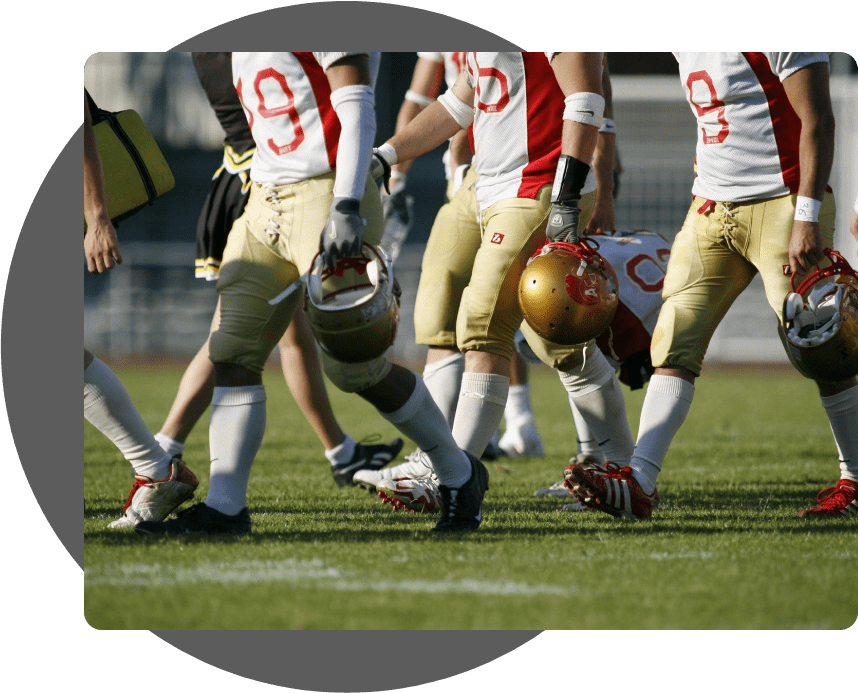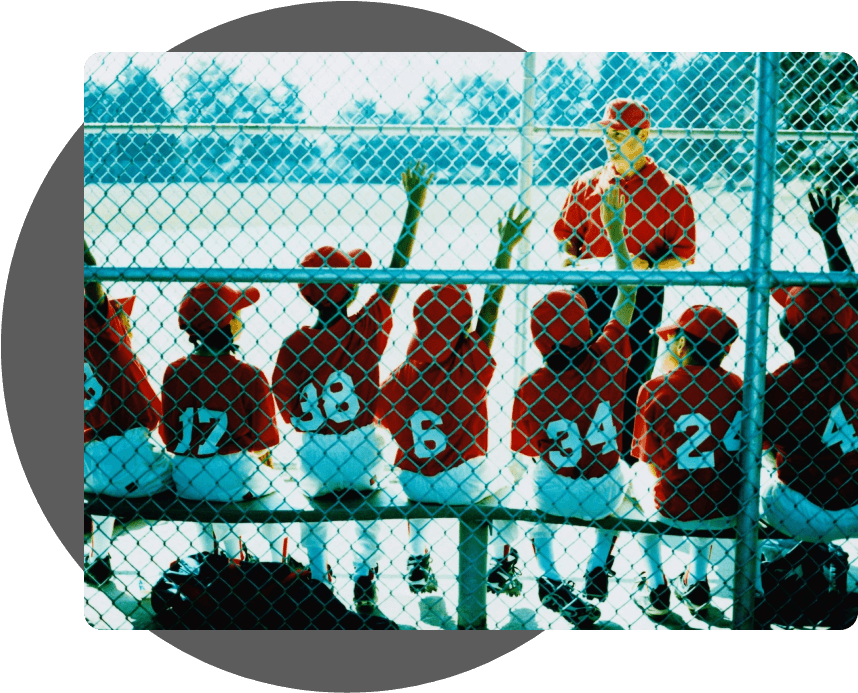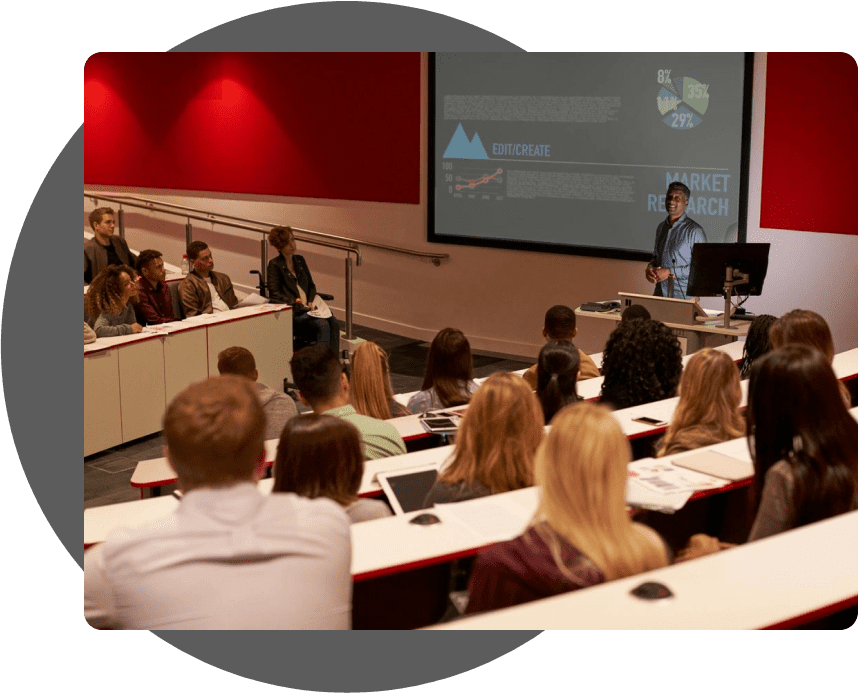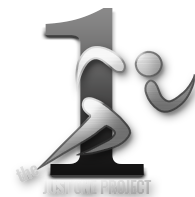
Current Need
Athletes will transition out of their sport. It is inevitable that one day that athlete will not be able to play any longer. Those transitions occur at one of many events in their athletic career
- A High School athlete that does not get a scholarship to a college and must attend college on their academic performance instead
- A Collegiate athlete that is injured during his/her college career and must now ask ‘What do I do now?”
- A Collegiate Athlete that is not drafted into the Professional leagues
- A Collegiate Athlete that is drafted but does not make the team
- A drafted Collegiate athlete that is placed on the practice squad
- A Professional player that has achieved the impossible of playing and getting paid in their sport is cut. (Which is another way to say Fired)
- The Transition out of professional sports can happen because of performance or injury and can happen suddenly or can be planned.
“Now What Do I Do?” is the one question that hits every athlete. Even those with 10-11 years in the league will take 2-3 years to “transition” out of being an athlete to joining mainstream “civilian” life.
For each of the above situations, the Just One Project initiatives provide the financial tools to be ready for their future. Each one of the above examples will have a different set of necessary financial tools with which to utilize.
It is the goal of the Just One Project to integrate current programs with the development of a new set of parameters that will provide the athlete the “play book” by which they will be able to transition out of their sport.
Finally, our goal is to have those professional athletes who have gone through the program return as mentors and sponsors to help fuel and support the financial education for student athletes.
Although the intent is to pass along knowledge to those athletes that eventually will become professional athletes, the program will have the additional benefit of reaching out to youth in the lower income and inner city to provide the basics of financial understating.


Concept to Reality
Additional areas that become critical for a collegiate/pro athlete include
- Finding and choosing the right Financial Advisor
- Finding and choosing the right CPA
- How to interview your advisors, what questions to ask
- Basics of Real Estate
- Basics of Investing, savings and growing your nest egg.
- Financial choices and how to assess the process
- Money as Power and Money as Emotion
- Basics of Credit and Loans
- Basics of Taxes and Income
- Branding and Charity, doing good when you do well
For Middle School and High School
- Savings and making money grow
- Getting what I want by mowing the lawn and taking out the trash
- Stock market basics
- How people get paid.
- Building trust with friends
- Finding a Mentor
- Making Choices
- Emulating our Heroes and Why we do it
- The role our Parents plan in decision making
- Helping our Family
- Helping our community


Summary
For most student athlete it begins with a goal of pretending be that famous ball player that hits the home run, scores the winning touchdown, makes the buzzer shot or scores the goal in the last second of overtime.
For some that dream forms into a reality as scouts and parents start to recruit children as young as 12 and 13 who are still middle school.
Psychologically, these kids are told that they will be the next Michael Jordan, Derek Jeter, Payton Manning or Wayne Gretzky. Most of the time that dream fails and what is left is a child who has no clue what to do with the rest of his life.
There are three stages in the life of any athlete
- Development
- Performance
- Retirement
Currently the focus on education and preparation for life after sport is done during stage 2, in the middle of their careers while in college or during their life as a Pro.
However, for the 99.9% of those student athletes that dream of a professional life, that education never comes and they are left without the support and resources necessary.
